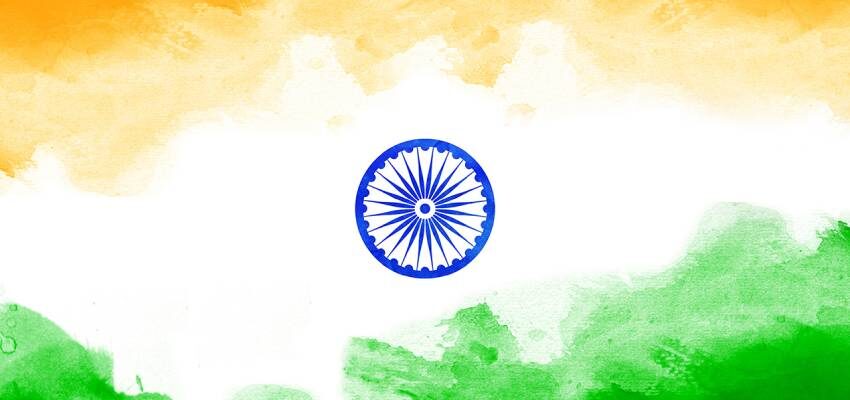India preparing power grid for a renewable energy expansion
India aims to reach net-zero by 2070 and seeks to meet 50% of its energy needs by 2030 through renewable sources.

Image source: Baysdtreet.ca
In line with India’s commitment at the COP26 summit in Glasgow last year, the country aims to reach net-zero by 2070 and seeks to meet 50% of its energy needs by 2030 through renewable sources and expand non-fossil fuel power generation capacity to 500 GW in this decade.
The Government of India has approved a multibillion dollar plan of setting up transmission projects for power supply from these renewable energy projects.
India is setting up “green energy corridors” in two phases. The Green Energy Corridor Project aims at synchronizing electricity produced from renewable sources, such as solar and wind, with conventional power stations in the grid. One phase will supply 20 gigawatt (GW) of renewable energy to the national grid, the Hindustan Times reported.
The country is in the process of building 63 GW of renewable energy capacity. Installed non-fossil fuel power capacity is expected to increase by 66% by 2030. India’s renewable energy generation capacity will increase by 16 GW in fiscal year 2023.
The investments in green energy are steadily going up. From 2014-15 to June 2021, green energy projects in India received foreign direct investments worth U.S. $7.27 billion, the Hindustan Times reported. Of this amount, U.S. $797.21 million came in during 2020-21.
Source: Baystreet.ca




